The War for our Minds, Part 9: Apophenia and Pareidolia - mistakes we all make
How to recognize their pitfalls and how to counter them
In this article we are going to explore 2 interesting psychological phenomena that we all have experienced, both personally and with people or groups we’ve encountered. They are apophenia and pareidolia. Before I explain what they are, I want to point out that I am not just warning conservatives, people involved in the New Media and Anons, but that I am also applying this to the other side, and show how we can counter this effectively.
First, apophenia. The word is a recent one, made up by the German neurologist and psychiatrist, Klaus Conrad in 1958, and consists of the Greek ἀπο- (apo-; away, off, apart) and φαίνω (phaínō; “appear”).
A simple definition is: “Apophenia is the experience of seeing a connection or meaningful pattern between unrelated or random things”.
Another fun example of apophenia is when people hear a foreign language, but perceive patterns and meaning in their own language in it. My father told me this story, from a camp where he was one of the counselors.
This took place in Belgium, and most of the high school age boys at the camp were French speaking. That one year, however, a young American boy joined, as he and his mother had come to Europe for a while after his father had suddenly died. On the train ride towards the camp site, he was a bit by himself, among the other kids who already knew each other. At some point during the trip, the door between the compartments had opened, so he leaned towards some of the others children, and asked politely “shut the door, please”, as it was very loud with that door open. The other kids stopped their conversation immediately, looking in stunned surprise at this American kid… Did he really just tell them he loved another boy, out of the blue? To their French ears, he had just said: “Je t’adore”, or “I adore you!”. This was quickly explained, and needless to say, “Je t’adore/shut the door” became the slogan of that camp! (And the American boy, with a wink and a laugh, immediately made part of the group). That, too, is apophenia.
Pareidolia is a subset of apophenia, insofar that it deals with visual stimuli, where apophenia can present itself in anything (numbers, events, visual stimuli, tactile stimuli, even smell and music). This word was coined by the German psychiatrist Karl Ludwig Kahlbaum in his paper 'On Delusions of the Senses' (1866), and comes from the Greek παρα (para, “alongside, concurrent”) and εἴδωλον (eídōlon, “image”).
A great summary can be found in this video:
And a famous example in art, by Dali (Slave Market with the Disappearing Bust of Voltaire, 1940; where it is interesting to note that Voltaire wrote, among other things, against slavery, adding a very nice added layer to this painting):
As stated, pareidolia is a subset of apophenia. 3 other common subsets are the ‘Gambler’s fallacy’, where gamblers (or stock traders) might see patterns or meaning in random strings of numbers, such as a series of results from dice throws, or the ups and downs in day trading charts. Next, they attach meaning to that pattern, to indicate an impending win.
Another one is ‘Clustering illusion’, which happens when looking at large amounts of data. The more data points, to more likely we’ll see some pattern in it.
And lastly ‘Confirmation bias’, where people will test an idea or hypothesis, but from the assumed starting point that it is true. This, in turn, leads to a subconscious overemphasis on those elements that confirm the idea or hypothesis, while ignoring those that contradict or disprove it.
Now, this is often seen as a negative, especially when coupled to examples such as ‘conspiracy theories’. But we need to keep in mind that this tendency in our mind is not a bug, but a designed feature. It helps keep us safe. Imagine being in a jungle. Is that yellow/black think in the bushes a lion, or simply a yellow flower? Can I afford to NOT see the lion first, and act accordingly, instead of remaining ‘cognitively neutral’ and also ponder the possibility of a flower, when my life is on the line? I think we all rather make the wrong interpretation, suffer the ‘false positive’, and be on guard because of a flower, than think we saw a flower, and carelessly continue walking toward the lion who is about to devour us!
An article by PsychologGenie on this topic summarized it as follows:
“According to evolutionary psychologists, apophenia is not an error in cognition. It is rather what the human brain is designed for. The tendency to derive connections between seemingly unrelated events or the tendency to derive meaning from random objects or incidents may help warn an individual of impending danger. It is patternicity that helps man make speculations about the near future, predict what may happen, and accordingly decide his course of action.”
With that in mind, the following cartoon brilliantly, and indeed ‘savagely’ (Ha! Puns are apophenia based, as well!), shows this reason behind our habit of apophenia and pareidolia.
Many professions specifically train people to look at facts and data and to ‘connect the dots’, to make a diagnosis or prognosis. This, by itself, it not apophenia. But this skill and training might lead to what in Dutch is called ‘beroepsmisvorming’, literally ‘professional deformation’, but in English closer to ‘force of habbit’. We all do it, from time to time.
Another interesting part to consider, is the following (summarized from this article by Science.howstuffworks): a phenomenon like pareidolia is, contrary to what you might expect, a ‘bottom-up’ process. In simple terms: we might think we receive visual stimuli, such as shapes, patterns, colors, movement, which is then sent through the optical nerve to the visual cortex, part of the occipital lobe, which processes the raw data and makes them into images. Those, in turn, are sent to the frontal lobe, which does the high-level processing: now we determine if what we look at is simply a bunch of sticks on the ground, or a face of a leprechaun.
In reality, as MRI studies such as this one titled ‘Neural mechanisms underlying visual pareidolia processing: An fMRI study’ suggest, is that contrary to that more passive model where the brain receives visual information and then tries to make sense of it, we see that at times our brain forms an expectation in the frontal lobe, which then gets sent to the occipital lobe, and is used as the blueprint for reconstituting the raw data into actual images.
This is rather interesting as it gets us squarely into the domain of cognitive bias and habit, and is the reason why am I writing about this. We also have seen and heard the accusations hurled toward us of ‘conspiracy theorist’ and other such nice epithets. On one hand there is a whole series of actual ‘conspiracy theories’ or plain hoaxes, as shown in this recent list by Vote Liz Harris on Telegram:
On the other hand, there is a whole series of ‘conspiracies’ that we were and/or are accused of blindly following, but that are actually true. We all know the long list of facts about Covid-19, the response to it by the government, the treatments, the vaccines,… that we were told were disinformation, fake news, ‘conspiracy. The list is growing, and even Ivermectin is now, very quietly, added to the list of treatments by the NIH, as anyone can see on their OWN website, here (read also this great article by The Vigilant Fox on the latest breakthroughs on Ivermectin).
The Hunter laptop, the Biden diary, vaccine mandates, health passports, perpetual lockdowns, embedded journalists, voter fraud, scams with mail in ballots, food/energy shortages, the list is very long, and every day more and more proven right. Other such ‘conspiracies’ are still warnings, and not yet proven ‘true’, such as digital IDs linked to a social credit system, CO2-passports, climate lockdowns, abolition of cash, … We see the prerequisite moves towards such policies, and any warning is met with the same reply: “Conspiracy!”, in order to be able to dismiss it out of hand. Until it is proven to be true, after all…
Or stories such as this, here Aaron Rodgers talking about his appeal on the vaccination requirement:
"They [the league] said, 'It's not possible for a vaccinated person to contract or transmit COVID if they've been vaccinated.' And I said, 'You got to be kidding me. Because I showed up and five people, non-players, five people fully-vaxxed, are out with COVID. So what are you talking about?' And he said, 'You're a conspiracy theorist.'"
Or things like this:
We all laugh about it, by now:
As does the imitable Babylon Bee: “New Study Shows An Alarming Link Between Being A Conspiracy Theorist And Not Having Myocarditis”
As a side note: I always wondered about a conspiracy of conspiracies.
Say that you are having a real conspiracy, or a real hidden agenda, and you know that a few elements of it are publicly discoverable. Weak points in your overall scheme, so you will. Impossible to 100% hide or camouflage. So, what to do? Have some tinfoil hat nutcases start writing about it online. Write books. Talk about greys and aliens, and other such claims. The more outlandish, the better. And, importantly, mixed into it those few elements you could not 100% conceal yourself.
So now every time a serious reporter stumbles across those elements, in search for their scoop on your conspiracy or hidden agenda, you can have middle-men very easily dismiss them out of hand: "Wait, they found what? Oh, yeah, next they'll talk about aliens and all that stuff! Nutcases!" while pointing at the actual nutcases. Hidden in plain sight, if you will.
This whole battle on conspiracy theories is important, and the ‘elites’ are very much aware. Take, for example, this graph, published by Unesco and the EU, warning people on the dangers of desinformation and conspiracy theories:
Still, we need to be aware of our own limitations or biases, and how we, too, can fall to these errors of apophenia and/or pareidolia (among several others, such as confirmation bias).
At the same time, this awareness can be used, and should be used, to recognize those errors when made by our opponents, and to call them out! Just as there are conspiracies that turn out to be ‘true’, there are full on hoaxes being pushed by the media.
Jordan Sather gave a fantastic breakdown a month ago on his substack, in an article called “10 Tips For Better Discernment With Current Events And Conspiracy Theories - Arming yourself with good critical thinking skills is crucial to be successful in this information war”.
His ten points are these (look at his article for a full explanation, and give him a follow, if you haven’t yet):
1) Be mindful of your emotions
2) Identify sources and their legitimacy
3) Question basic assumptions
4) Search for other opinions
5) Remember that you don’t know what you don’t know
6) Even experts can be misled
7) Know your logical fallacies
8) Demand details
9) The 24 hour rule
10) Use different search tools
I absolutely approve of his ending exhortation:
“Having patience and persistence is all you really need to create yourself a fine tuned bullshit detector. Be careful with your emotions, be mindful of your beliefs, and be active in sourcing and fact checking the claims you see on the internet. We must build ourselves into the free, critically thinking persons that we are destined to be, no authority, institution, or other individual will do that for us. Our apathy and intellectual laziness is what got us into this mess of a society, and to that let’s say: No More!”
As a specific counter, I would propose 3 elements, as explained by a MasterClass article on apophenia:
1. Be a proper skeptic. One of the most powerful defenses against sloppy thinking and intellectual laziness is skepticism. Informed skepticism—the ability to ask the right questions—protects us from manipulation. An easy way to practice informed skepticism is to not regard eyewitness testimony as the ultimate measure of things. Research shows that eyewitness testimony is among the least reliable forms of evidence and is maximally susceptible to bias. Instead, do your own research to find support for the information that’s presented to you.
2. Learn to recognize bias. You need to be able to identify when you’re falling prey to bias and unconscious distortions. This means understanding cognitive bias, or your tendency to believe that something is true despite contrary evidence. (e.g., you might think a fair coin that has landed on heads five times when flipped is more likely to land on tails on the sixth flip—even though the odds are still 50-50).
3. Analyze your assumptions. We’re typically more aware of our assumptions than of our biases, but like biases, assumptions often keep us from thinking clearly. Before Einstein came up with his general theory of relativity, the common assumption was that the universe was static—neither expanding nor contracting. Einstein’s equations allowed for a dynamic universe, but his idea was rejected. In the late 1920s, Edwin Hubble provided observational evidence that proved the universe is expanding. It’s risky to presume that your assumptions are correct. Always test your hypotheses.
Be aware that we are prone to seeing patterns. Know that such is not a bad thing, by itself, but also know that it can lead to wildly off conclusions, if not checked. The floodgates of information (on elections, on Covid, on the ‘Cabal’ and their machinations/abuses,…) that is being released in ever increasing and ever more frequent dumps, is mind-boggling. Which makes this warning absolutely relevant.
At the same time, just as we are prone to seeing such patterns, so are our opponents, and this is used in attacks against us, pushing actual hoaxes based on those perceived but misinterpreted patterns. Learn to recognize them, through the tools that Jordan Sather and I provided here, not just in your own thinking and analysis, but try and see if you can apply it to the articles you read and stories you hear, both from friend and opponent. Did they fall into the negative traps of these otherwise useful mindtricks?
Our brains are incredibly powerful instruments, and the more aware we are, the better we can harness their power. And given how much is at stake at the moment, we want to be trained to our very best. If you step into the fray of public opinion and information gathering, it is indespensible to learn how our minds work, harness it properly, and avoid the pitfalls.
And with that, I want to end with repeating Jordan Sather’s words, as they are vitally important for each one of us:
“Having patience and persistence is all you really need to create yourself a fine tuned bullshit detector. Be careful with your emotions, be mindful of your beliefs, and be active in sourcing and fact checking the claims you see on the internet. We must build ourselves into the free, critically thinking persons that we are destined to be, no authority, institution, or other individual will do that for us. Our apathy and intellectual laziness is what got us into this mess of a society, and to that let’s say: No More!”
All is well.

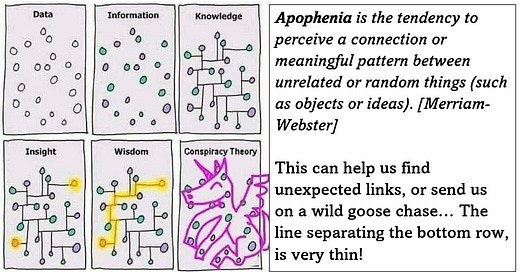


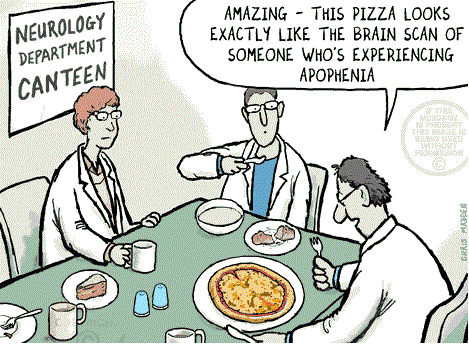
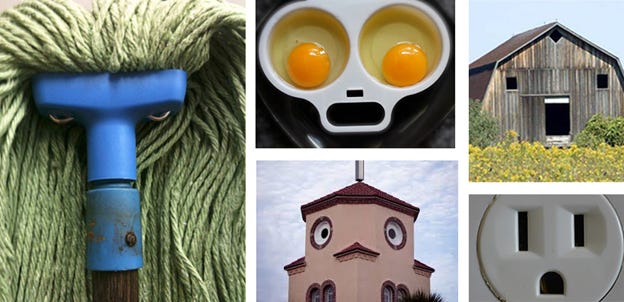
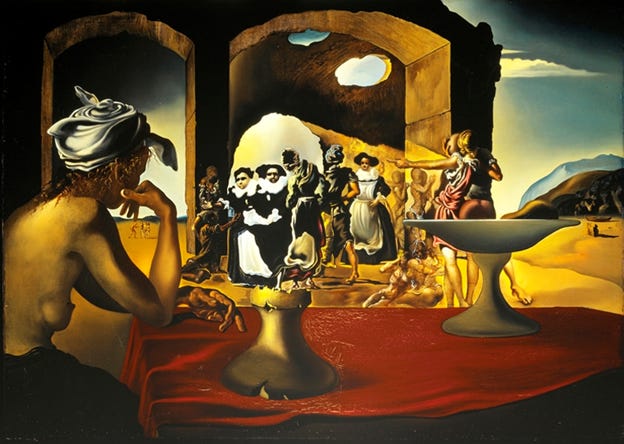

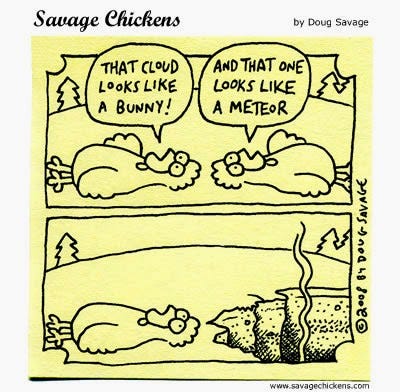
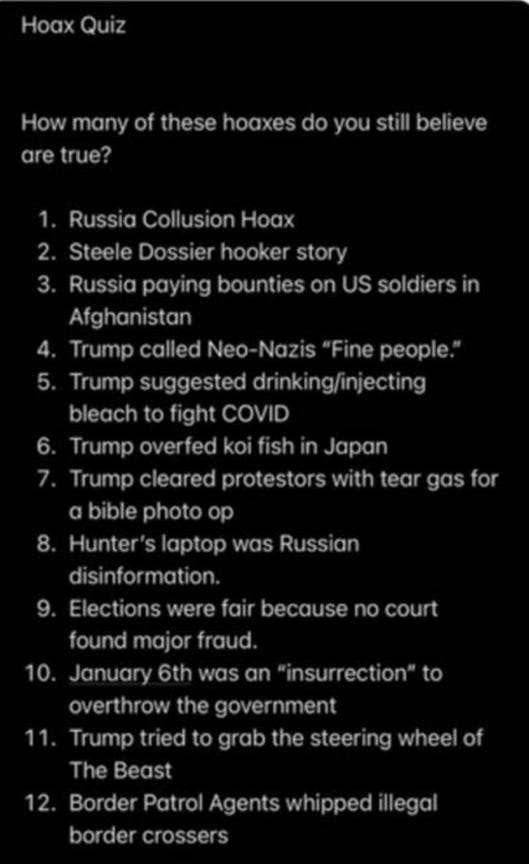
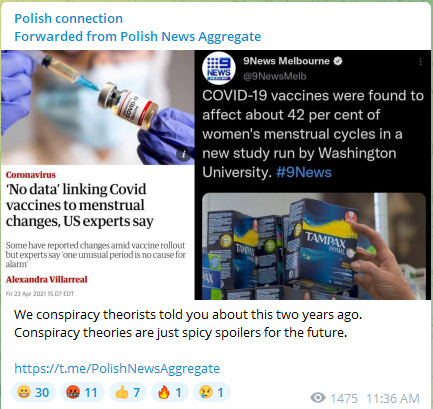
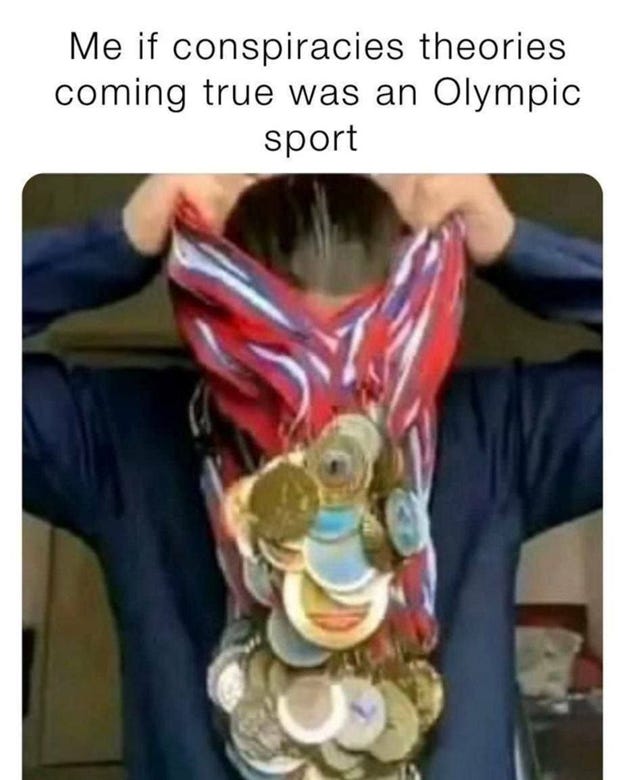
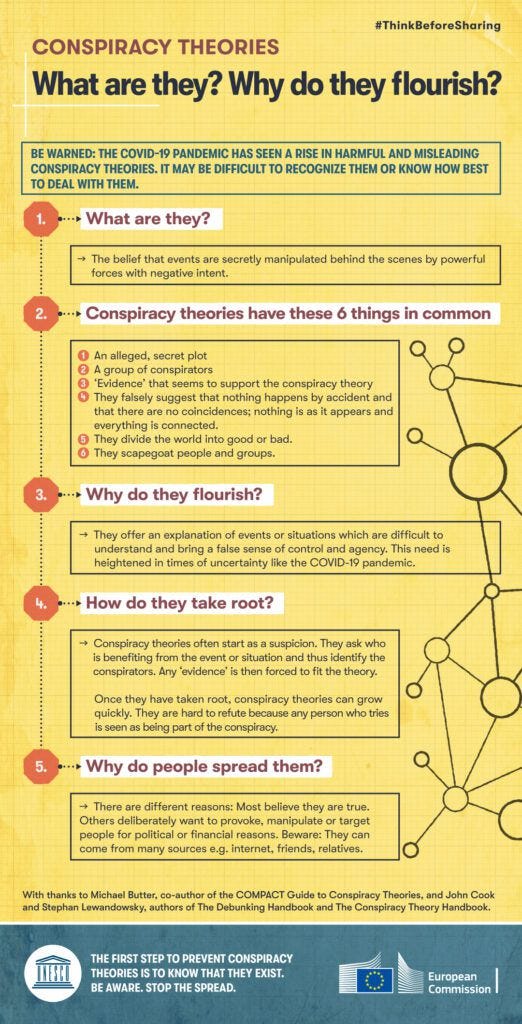
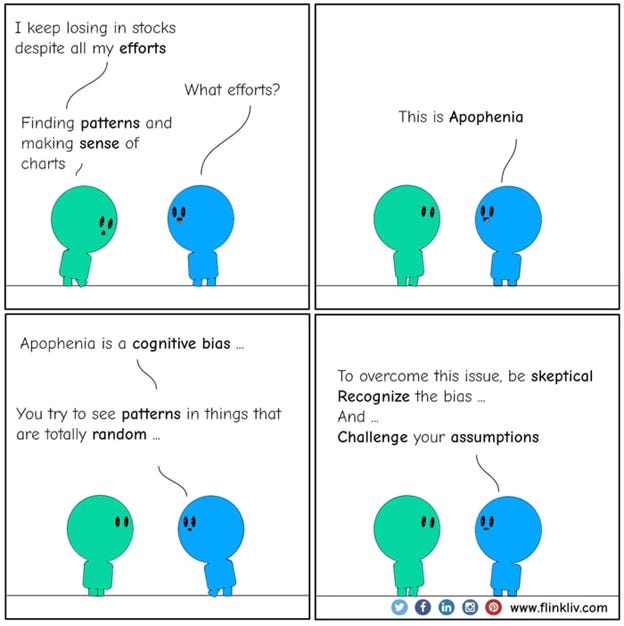
The absolute necessity of crital, detached thinking.
We've all heard Reagan's 'Trust, but verify'; there is a corollary to that as well. Doubt, but verify.
"Research shows that eyewitness testimony is among the least reliable forms of evidence and is maximally susceptible to bias."
This is very true and I did not realize it until I had been the victim of a crime. Several years ago, I was walking down the street downtown SF with a friend at lunch. The next thing I knew I was staring at the sky. Guy had body slammed me to the ground. It turned out he did it in front of a cop so he was arrested and he pled guilty so it didn't go to court, but several days later, even though the guy sat there in handcuffs glaring at me, I realized that if I had to pick him out of a lineup, I am not sure I would have been able to do it. That experience made me skeptical of the so called gold star eye witnesses.